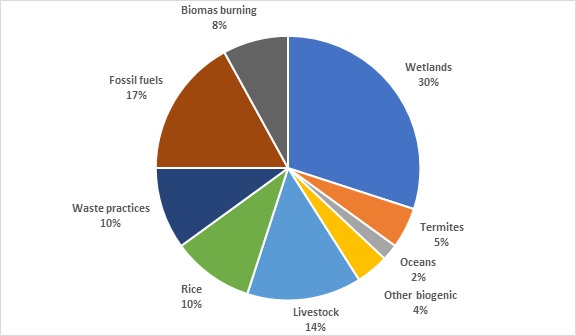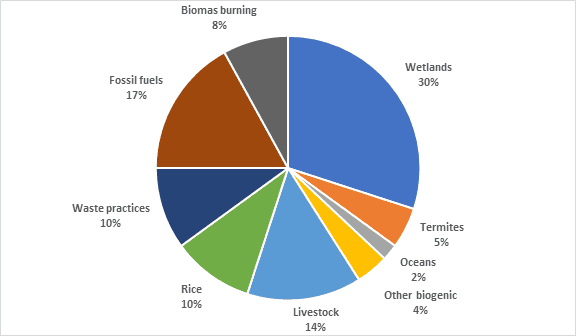There’s been a lot of suspect science thrown around this election season. It’s time for beef producers to set things straight.

Among the political talking points that has been spouted during this presidential campaign is that “science is real.” And it is—or at least real science is real. However, “science” advocated by activists and politicians is suspect, and its true objective is in pushing an agenda, not in seeking the truth.
That’s the battle we face as beef producers and that’s why it’s time to step up and make our voices heard.
BEEF Daily Editor Amanda Radke has been beating that drum for years and for BEEF Daily readers, you know that she has beaten that drum loudly the past two weeks. Here’s a little extra ammo to add to your talking points.
Among the many myths about cattle production that has been dethroned by real science is methane. A recent article published by the Beef Cattle Institute at Kansas State University provides some real science that sheds light on the issue.
READ: Log it, graze it or watch it burn
The article, titled “Cows are not the primary cause of recent increase in methane,” notes that atmospheric methane concentration increased 8 parts per billion (ppb) per year during the 1980s, 6 ppb per year in the 1990s, then remained static from 2000 to 2007. However, methane concentration has been increasing at 9 parts per million per year since then.
Ruminant animals certainly produce methane, but facts are facts—estimated enteric methane emissions have increased since 2000, but the global cattle population has remained constant.
So much for the “cows are the cause” argument.
Contribution to global methane emissions by various sources.

Source: Beef Cattle Institute at K-State. Adapted from the Environmental Change Institute, University of Oxford.
Based on the change in radio isotope ratio of atmospheric methane, the increase in methane emissions is likely from microbial sources. So where’s it coming from? “Wetlands are the largest natural source of methane emissions and methane emissions from wetlands have also been increasing since 2000,” the article notes.
READ: Mitloehner clears the air on fossil fuels, cattle and climate change
Global temperatures are rising. Are humans the main reason? That’s a discussion for another time. But the article notes that the largest methane growth rates occurred in the tropics and subtropics from 2014 to 2017, which had an average temperature increase of 1 degree C (1.8 degrees F) warmer than the 1880-1909 baseline.
“Methane emissions from wetlands increase with increasing temperatures because of increased microbial activity, but the microbes in the rumen of cattle are at a constant 38 degrees C, (100.4 F) such that global temperature would not be affecting microbial activity in the rumen,” the article notes.
Here’s the bottom line: “Wetlands are the largest global source of methane emissions and are a major driver in atmospheric methane, especially with increasing global temperatures,” the article says.
Related: Beef producers must drive the conversation on cattle and climate change
Does that mean we should drain the wetlands? Absolutely not.
Here’s why: Wetlands are a vital part of a robust environment and provide habitat for a wide range of critters. They are an important part of your conservation efforts and should be encouraged and protected. Wetlands and ruminants have been producing methane for eons and the earth has a wonderful methane cycle that provides a self-cleaning mechanism for naturally produced methane.
So the next time you hear that cows are the cause of increased methane emissions, feel free to step up and make your voice and the facts known.
About the Author(s)
You May Also Like

.png?width=300&auto=webp&quality=80&disable=upscale)
.png?width=300&auto=webp&quality=80&disable=upscale)
